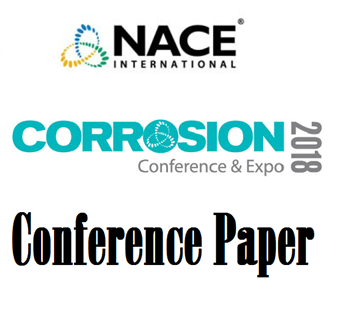Search
Products tagged with 'electrodeposition'
View as
Sort by
Display
per page
51318-11399-Novel Ni-B/AlN nanocomposite coatings for oil and gas industry
Product Number:
51318-11399-SG
Publication Date:
2018
$20.00
Development of Eco-friendly Chromium Electrodeposit for Corrosion Resistance in Chloride-containing Environment
Product Number:
51323-19027-SG
Publication Date:
2023
$20.00
Electrodeposited Nanolaminar Zinc-Nickel Alloy Coatings – Analysis of Advanced Corrosion Resistance Performance
Product Number:
51323-19204-SG
Publication Date:
2023
$20.00
Nanolaminar Nickel-Cobalt Coatings: a Revolution in Wear and Corrosion Resistance
Product Number:
51324-20660-SG
Publication Date:
2024
$40.00





